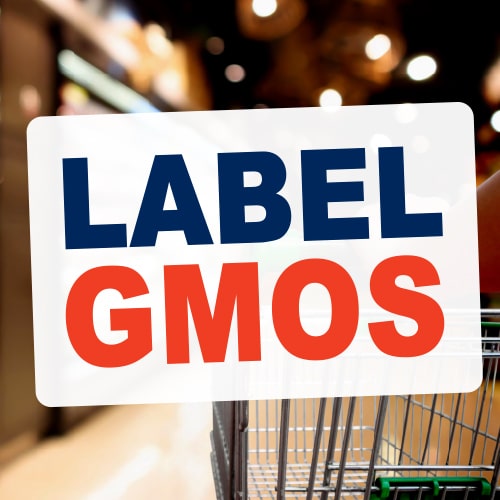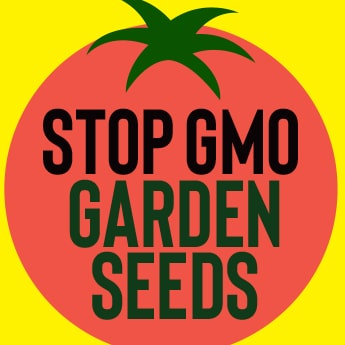Health Canada and the Canadian Food Inspection Agency have approved genetically engineered (genetically modified or GM) 2,4-D tolerant crops manufactured by Dow AgroSciences:
- Corn DAS-40278-9 – with increased tolerance to 2,4-D
- Soybean DAS-68416-4 – tolerant to 2,4-D and glufosinate
- Soybeans DAS-44406-6 – tolerant to glufosinate, 2,4-D and glyphosate tolerance
A dicamba-tolerant soybean from Monsanto has also been approved.
The US has approved 2,4-D tolerant corn from Dow, and, as of October 15, 2014, has also approved the 2,4-D herbicide mix that goes with the GM crop.
(“Pesticide” is the term used to describe any chemical sprayed or applied to control insects, weeds, plant disease, and rodents and encompasses herbicides, insecticides, fungicides, rodenticides, and fumigants.)
2,4-D
- 2,4-D (2,4-Dichlorophenoxyacetic acid) is the second most used herbicide in the Canada Prairie agriculture after glyphosate.
- There are several different formulations of 2,4-D approved for use in Canada.
- 2,4-D was a major ingredient in Agent Orange alongside its chemically similar relative, 2,4,5-T.
- Ontario and Quebec have banned the cosmetic use of 2,4-D.
Health hazards of 2,4-D
Exposure to 2,4-D has been linked to major health problems that include cancer (especially non-Hodgkin’s lymphoma), lowered sperm counts, liver disease and Parkinson’s disease. A growing body of evidence from laboratory studies show that 2,4-D causes endocrine disruption, reproductive problems, neurotoxicity and immunosuppression.
- The balance of epidemiological research suggests that 2,4-D can be persuasively linked to cancers, neurological impairment and reproductive problems. (Sears et al., “Pesticide assessment: Protecting public health on the home turf,” Pediatric Child Health, 2006: 11 (4): 229-234.)
- The International Agency for Research on Cancer classifies 2,4-D as “possibly carcinogenic to humans.”
- The European Union Strategy for Endocrine Disrupters classifies 2,4‐D in Category II on its priority list of suspected endocrine disrupting chemicals.
- 2,4-D has been found in urine and semen, and chlorophenoxy herbicides have been linked to sperm abnormalities, increased miscarriage rates, difficulties conceiving and bearing children, and birth defects. (For references see 20 through 23 in Sears et al., “Pesticide assessment: Protecting public health on the home turf,” Pediatric Child Health, 2006: 11 (4): 229-234.)
- Dioxins contaminate 2,4-D. Adverse health effects could arise from 2,4-D or from breakdown products or dioxin contamination, or from a combination of ingredients. Dioxins are a group of highly toxic chemical compounds that bioaccumulate up the food chain. The U.S. Environmental Protection Agency reports that 2,4-D is the seventh largest source of dioxins in the U.S.
Herbicide tolerant weeds and increased herbicide use
2,4-D tolerant GM crops are poised to replace glyphosate tolerant GM crops where weeds have developed resistance to glyphosate:
- 85% of GM crops grown globally are herbicide tolerant (corn, canola, soy, white sugar beet).
- The overwhelming majority of herbicide tolerant crops are glyphosate tolerant.
- Heavy reliance on the one herbicide glyphosate has put pressure on weed populations such that many are now resistant to glyphosate.
- There are now 28 weeds worldwide that have developed resistance to glyphosate – 14 of them are in the US, and four in Canada.
- 15 species of weeds are already resistant to 2,4-D around the world (four of these are found in the US and two in Canada)53 and six species resistant to dicamba, (two of which are in the US, two in Canada, and two in other countries).
An analysis of U.S. government data concludes the following:
- Herbicide-tolerant (glyphosate-tolerant) crops have increased herbicide use by 239 million kgs/527 million pounds over the 16-year period (1996-2011).
- Overall pesticide use by 2011 was about 24% higher on each acre planted to a GE crop, compared to pesticide use on acres not planted to GE crops.
- 2,4-D use in corn could increase 30-fold increase in the U.S. (from 2010 levels) with the introduction of 2,4-D tolerant corn (based on a projection that 55% of the corn acres planted by 2019 would be 2,4-D tolerant corn).
(Charles M. Benbrook, “Impacts of genetically engineered crops on pesticide use in the U.S. – the first sixteen years” Environmental Sciences Europe, Vol. 24:24 doi:10.1186/2190-4715-24-24, 28 September 2012.)





